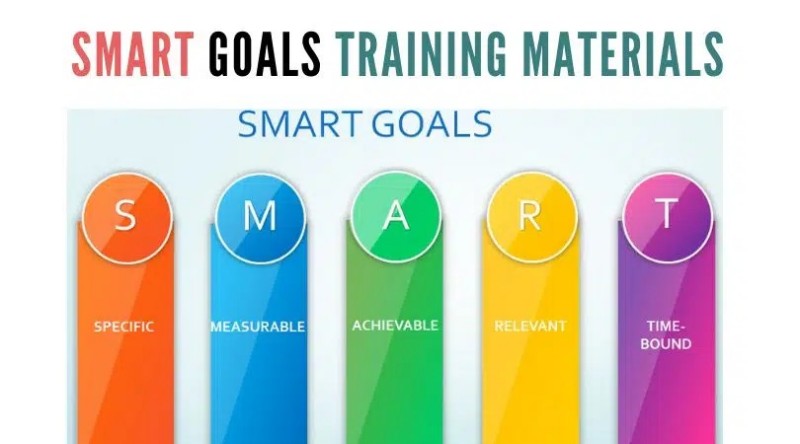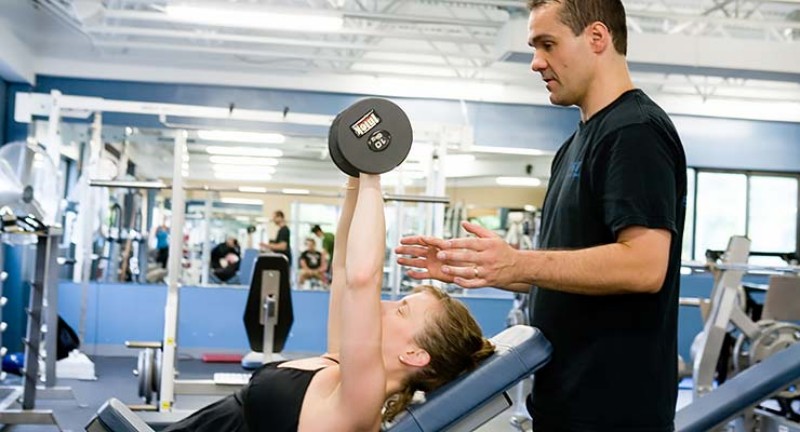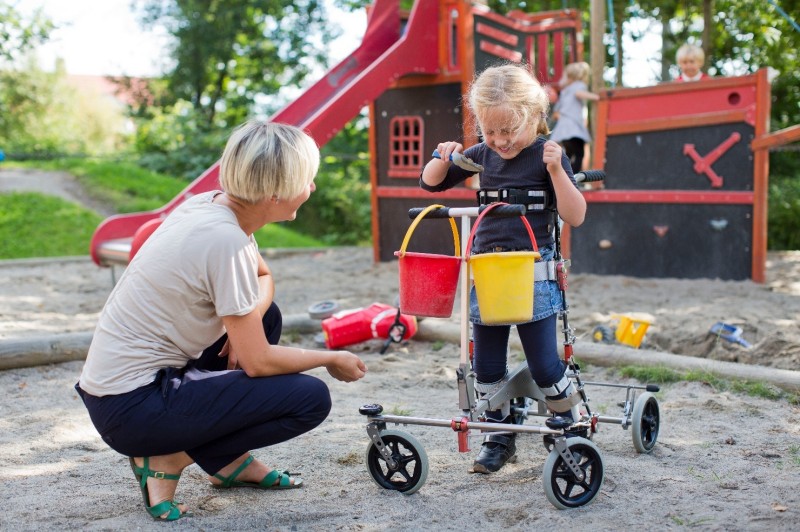Experiencing a vertebral fracture can be a painful ordeal, but understanding vertebral fracture recovery can help you regain your health and wellness. In this article, we delve into the process of recovery, offering professional insights, practical tips, and actionable steps to help you bounce back quickly and effectively.
Firstly, it’s important to grasp what a vertebral fracture entails. These fractures occur in the spine’s vertebrae, usually due to osteoporosis, a disease that weakens bones, making them more susceptible to fractures. However, traumatic injuries or certain cancers can also lead to vertebral fractures.
Vertebral fracture recovery begins immediately after diagnosis and continues for several months. The initial phase focuses on alleviating pain and stabilizing the fracture. This is typically achieved through medication, bed rest, and sometimes braces. However, the specific treatment plan varies depending on the patient’s overall health, age, and the severity of the fracture.
A 2023 study from the Journal of Orthopaedic Research found that patients who engage in physical therapy during their recovery had significantly improved outcomes. Physical therapy, which usually begins a few weeks after the injury, involves exercises to improve strength, flexibility, and balance, all crucial for a healthy spine.
One of the most effective exercises for vertebral fracture recovery is the bridge exercise. It strengthens both the abdominal and back muscles, providing better support for the spine. To perform this exercise, lie flat on your back with your knees bent and feet flat on the floor. Then, lift your hips until your body forms a straight line from your shoulders to your knees. Hold this position for a few seconds, then lower your hips back down. Repeat this exercise 10 times daily.
Nutrition also plays a vital role in vertebral fracture recovery. A balanced diet rich in calcium and vitamin D is essential for bone health. According to a 2024 study from the Journal of Nutritional Health, patients who increased their calcium and vitamin D intake during recovery had a significantly faster healing process.
Sources of calcium include dairy products, green leafy vegetables, and fortified foods. Meanwhile, vitamin D can be obtained from sunlight, fatty fish, and fortified foods. If you’re unable to get enough from your diet, your doctor may recommend supplements.
Mental health is often overlooked in the recovery process, but it’s equally important. The stress and frustration of dealing with a vertebral fracture can be overwhelming. It’s crucial to seek professional help if needed and engage in stress-relieving activities such as meditation, yoga, or deep breathing exercises.
Finally, preventing future vertebral fractures is an essential part of recovery. This can include lifestyle changes, such as quitting smoking or reducing alcohol intake, as both can weaken bones. Regular weight-bearing and resistance exercises can also help improve bone density and strength.
Vertebral fracture recovery is a journey, but with the right knowledge, strategies, and support, it’s a journey you can navigate successfully. Always consult with your healthcare provider before starting any new treatment or exercise regimen.












 : eval()'d code(1) : eval()'d code(1) : eval()'d code(1) : eval()'d code</b> on line <b>2</b><br />
https://mindbodyfuell.com/wp-content/themes/baobao/default.jpg)
